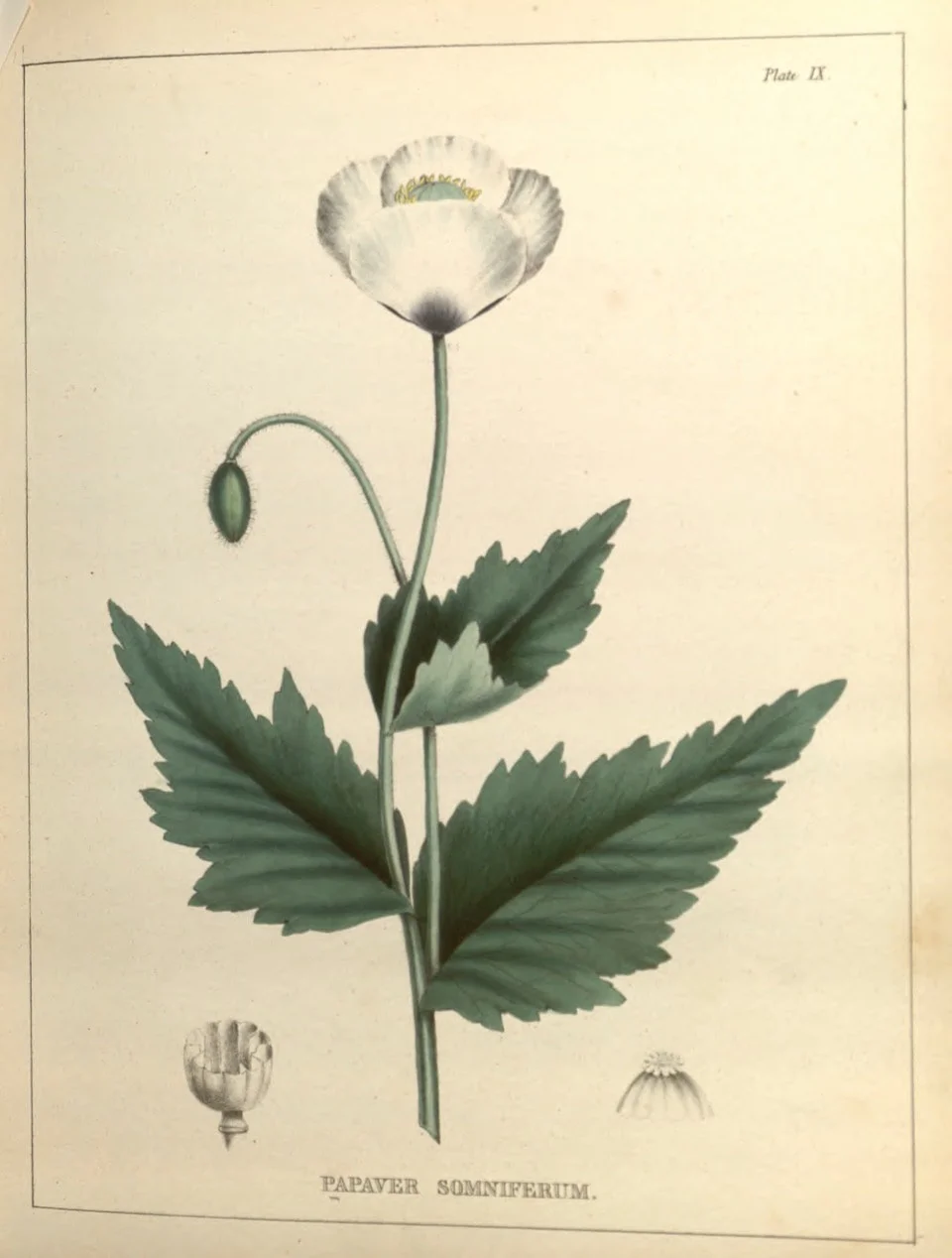Horace Greeley: Print, Politics, and the Failure of American Nationhood
Reviewed by John Bugg
How many New Yorkers could identify the large, weathered bronze statue of a journalist with a newspaper open across his lap that sits in City Hall Park, just off Chambers Street? Probably no more or less than could identify the equally imposing bronze statue of the same journalist, nestled in the park that bears his name on 32nd Street and Broadway, clutching a rolled newspaper at his side. The fact that Horace Greeley is honored by two large memorials in New York City testifies to his massive importance to the city’s history. That Greeley is hardly a household name in 2020, meanwhile, reveals that unlike other major figures in the history of New York, and unlike other prominent agents in the abolition movement, Greeley’s fame has receded sharply in the modern era. Receded, but not vanished: Greeley continues to appear in scholarly accounts of the importance of the press during the Civil War, and every few years he is the focus of a book-length study. He even made a cameo, trademark unkempt white hair and all, in Martin Scorsese’s 2002 Gangs of New York (based on Herbert Asbury’s 1928 book of the same name). Scorsese shows Greeley both walking through the notoriously violent “Five Points” and lounging in an opulent billiards room: though brief, these scenes together show Greeley’s presence in New York City as a kind of bridge between very different loci of power.
Read More







